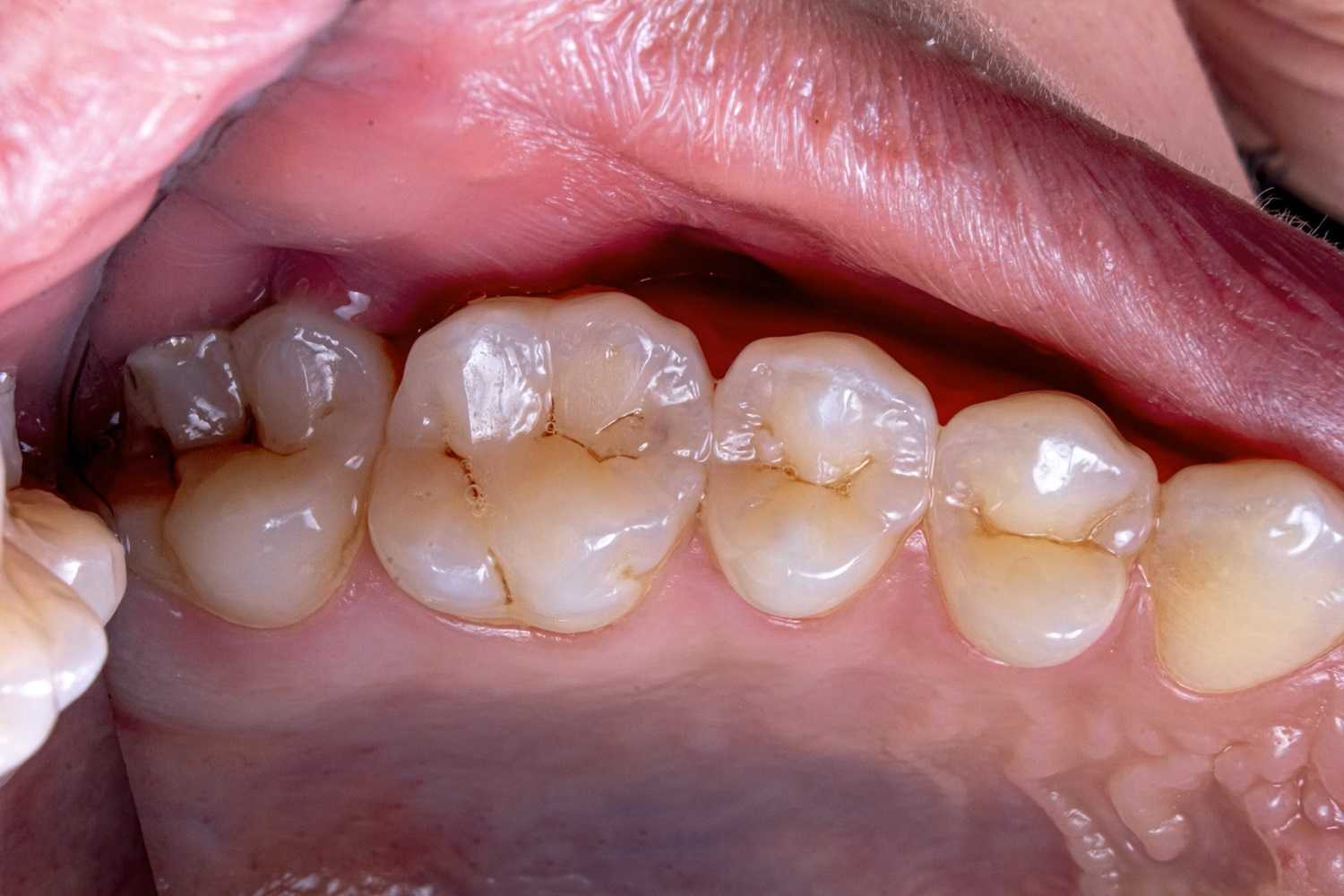What is a Gum Line Cavity & How to Fix It?
Cavities may occur on any surface of a tooth, but when they occur close to the gumline, they can be very problematic. Such cavities are referred to as gum line cavities. If not treated, they can cause serious dental problems, such as tooth decay and gum disease.
 What Are Gum Line Cavities?
What Are Gum Line Cavities?
Gum line cavities are tooth decay that occurs along the border of a tooth where it contacts the gums. In contrast to cavities that occur on the biting surfaces of teeth, gum line cavities may be harder to treat because of their position. They tend to involve both the enamel (the hard outer layer of the tooth) and the root, particularly if gum recession has revealed the softer dentin beneath.
What Causes Gum Line Cavities?
Multiple factors are responsible for the formation of cavities at the gumline. Understanding these causes can help in prevention and timely treatment.
- Gum Disease: Gum disease (gingivitis or periodontitis) loosens the gums and leads them to recede, making the root of the tooth visible. As the root does not have protective enamel, it is easily prone to decay, and hence gum line cavities.
- Poor Oral Hygiene Habits: Not brushing and flossing correctly provides an opportunity for plaque and bacteria to build up along the gumline, making cavities more likely. Poor brushing technique or neglecting dental visits can make the situation worse.
- Sugary and Acidic Foods and Drinks: Eating a lot of sugary and acidic foods and drinks can really wear down your tooth enamel, which makes it easier for cavities to form, especially near the gumline. Drinks like soda and citrus juices are particularly harsh, as they weaken the enamel and set the stage for decay.
- Dry Mouth: Saliva is important to rinse food off and neutralize acids in the mouth. The absence of saliva (dry mouth) can increase the risk for cavities, particularly along the gumline where plaque may become trapped without it being noticed.
- Genetics or Tooth Shape/Position: Some people have genetic factors that can increase their chances of getting cavities, like the way their teeth are shaped or positioned. When teeth are crowded or not aligned properly, it can be a real challenge to keep the gumline clean.
- Gum Recession: When gums recede as a result of aging, heavy brushing, or gum disease, they expose the softer dentin beneath. This section of the tooth is more vulnerable to cavities since it has no enamel protecting it.
How Are Gum Line Cavities Treated?
The treatment of gum line cavities depends on location and severity. A smooth surface gumline cavity is treated much the same as any cavity, with a filling. The decay is removed and the tooth is reconstructed with a composite or filling material. Treatment of root cavities, however, can be more complicated, especially if the decay extends below the gumline. A root canal can be performed in severe cases to remove the infected pulp and save the tooth. In cases of significant decay, minor gum surgery may be necessary in order to fully restore the damaged area.
Prevention is the best course of action because gum line cavities can be especially difficult to treat. Good oral hygiene should be maintained. At a minimum, your teeth should be brushed with good toothpaste at least twice a day and flossed daily to remove plaque and food particles that cause decay. Regular dental check ups should also be emphasized because your dentist can clean your teeth and identify potential problems and/or decay. Reducing sugar intake can inhibit bacterial growth and drinking plenty of water washes out food particles and bacteria. By implementing these best practices regularly, gum line cavities can be prevented before they form, and also contribute to better long term oral health.
Conclusion
Gum line cavities are a prevalent oral health concern; the positive takeaway is that they are preventable! Gum line cavities can develop due to gum disease, poor oral hygiene or gum recession. Treating these cavities when they are small with fillings, fluoride treatments, or crowns can help to maintain the health of your tooth. To prevent these cavities the best course of action is to maintain practitioners’ dental advice, and the more frequently you go to the dentist, the more likely you are to maintain that healthy, bright smile!





 |
|